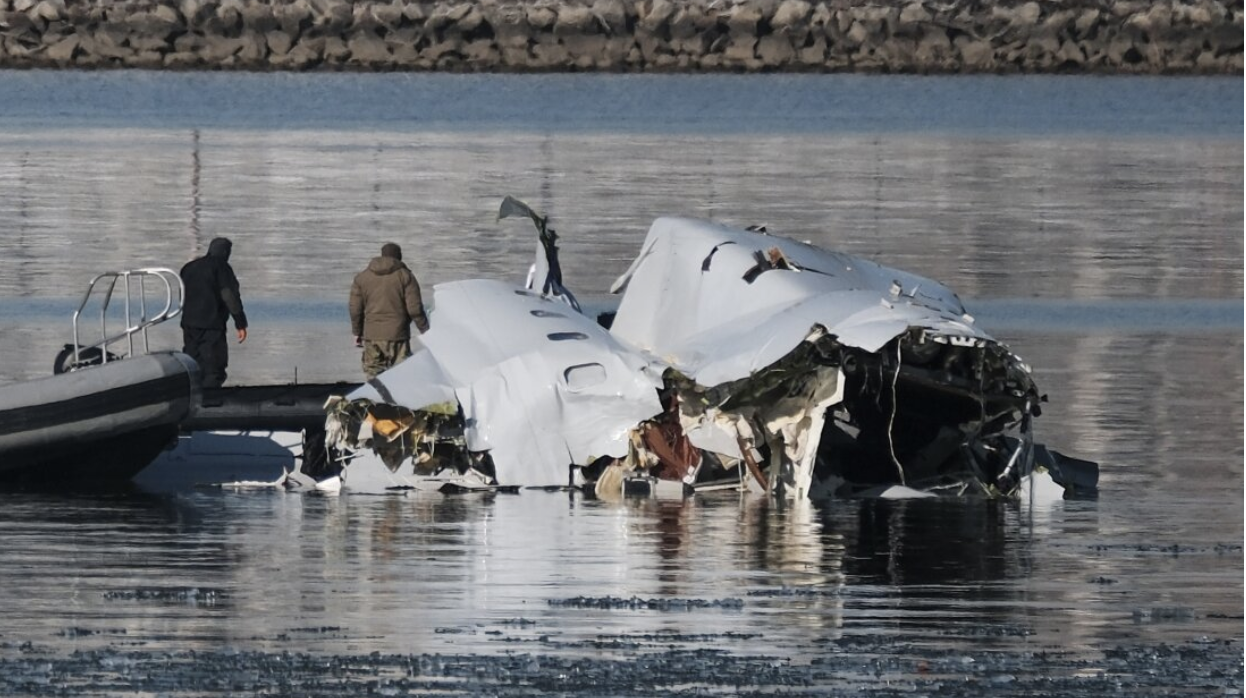Photo via The Maverick Newspaper
***
While many of us have heard about the plane and helicopter crash that occurred on January 29, 2025, many do not know precisely why or how this crash happened. An American Airlines flight collided with a US Army Black Hawk helicopter, making it the first major commercial flight crash since 2009. There were 67 people killed during this accident, with no survivors. This accident, which occurred during just the first month of President Donald Trump’s 2025 term in office, raises the question of whether this was an accident or being used for a political agenda.
Many people on social media are sharing their fears regarding flying on planes. Millions of Americans fly by plane every day, both within the United States and internationally, and this plane crash has caused a widespread fear of flying. Even those generally unphased by flying have expressed that they are starting to feel uncomfortable with it, and the DC plane crash is a significant reason for it. Some people on platforms like TikTok and X noted that if Americans are afraid of flying, they won’t be able to leave the country if they want to. Besides inducing fear, this crash has sprouted conspiracy theories like that of the government being the cause of these crashes to instill fear so people won’t want to leave the country. While I believe this is a stretch, some argue that the government is limiting Americans’ travel options to help maintain control over public perception. If fewer people experience life outside the U.S., they may be less likely to question domestic policies or compare their government’s actions to other nations.
While the cause of the crash has yet to be confirmed by the National Transportation Safety Board, many were quick to cast blame, including President Trump. During an interview, Trump was asked if he believed Diversity, Equity, and Inclusion (DEI) had something to do with the crash, to which he replied, “I put safety first. Obama, Biden and the Democrats put policy first” in a roundabout way to blame Democrat led DEI policies for the crash. Trump blaming DEI without concrete evidence can lead to many negative consequences, including misinforming people about what the DEI does and increasing political polarization. In addition, it is blatantly racist and misogynistic, as about 88% of pilots are white, and just 9% of pilots are female. His claims not only call DEI’s credibility into question but also treats pilots who are not white men as less superior, which is very problematic.
He criticized the Democrats for allowing diversity initiatives, claiming that the Federal Aviation Administration (FAA) is “hiring people with severe intellectual and psychiatric disabilities.” He goes on to criticize people with disabilities holding roles such as pilots, explaining that they are simply not fit to be. This places blame on people with mental disabilities, a sentiment that is incredibly hostile and dangerous toward disabled people despite his claims not being backed by any evidence.
Disabled Americans already face many stereotypes and stigmatization in their daily lives, and remarks so public and from such an influential person like President Trump have implications further than just this plane crash. By suggesting that diversity initiatives compromise safety, his remarks may fuel the misconception that individuals differentiating from the white male norm are hired based on quotas rather than merit, casting doubt on their competence in critical roles. This rhetoric can discourage employers, not just in government roles, from hiring diverse workers, fearing that inclusivity equates to lowered standards, despite evidence showing that diverse workplaces enhance performance and innovation. If supporters of Trump agree with his criticisms of DEI, it could even lead to the rollback of policies designed to create equitable opportunities, disproportionately harming individuals who rely on these initiatives for fair employment chances.
As more information regarding the crash comes out, it is crucial to focus on verified facts rather than political scapegoating. The top priority should be ensuring meaningful safety improvements are made without undermining the rights and dignity of marginalized communities.
***
This article was edited by Renee Agostini and Bowen Yao.
